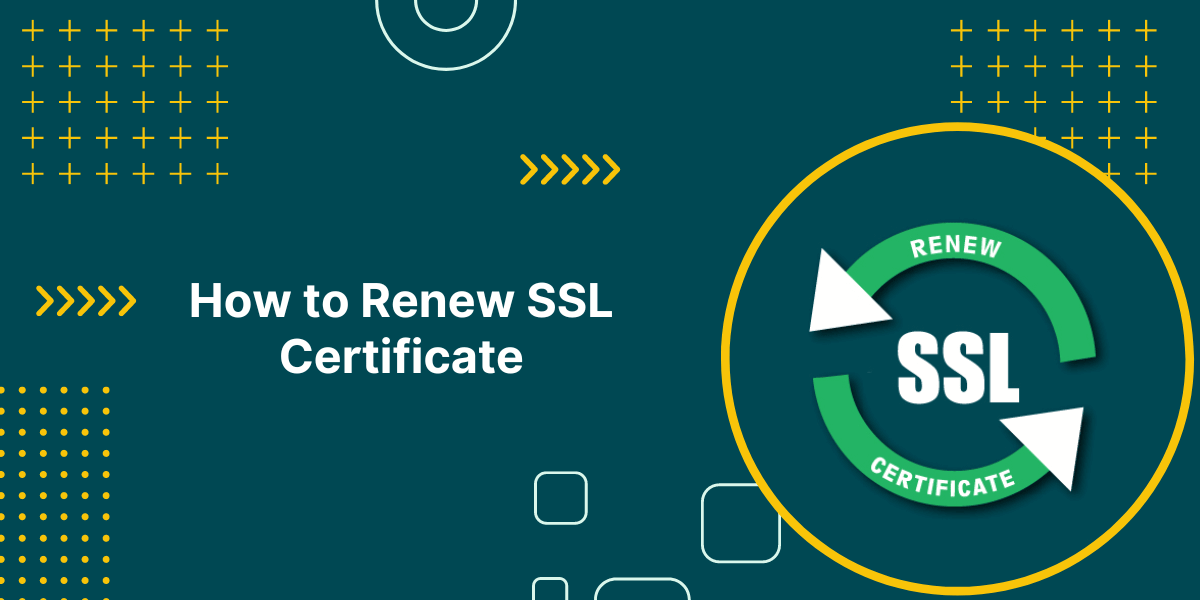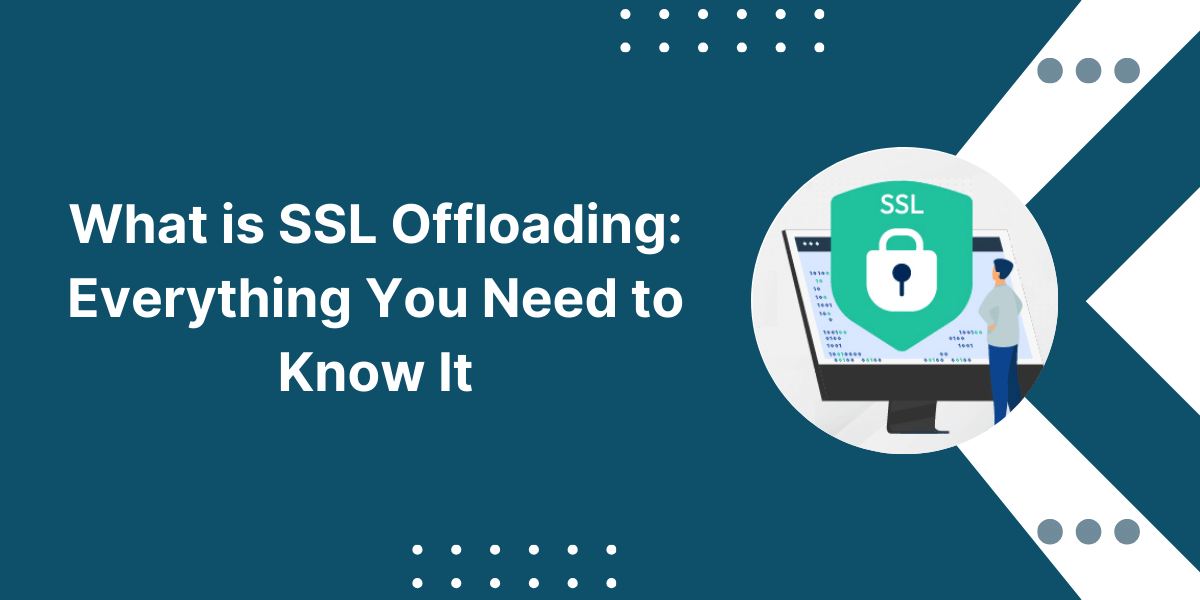What is the DER Format?
DER (Distinguished Encoding Rules) is a binary encoding standard for representing ASN.1 (Abstract Syntax Notation One) defined data structures. It is used extensively in cryptography to encode certificates, keys, and other security artifacts.
DER Format Key Features
- Binary Encoding: DER uses a compact binary encoding that is well-suited for storage and transmission.
- Strict Rules: DER follows strict encoding rules, ensuring consistency across systems.
- Single Object Storage: A DER file is an ASCII text file that can contain a single certificate or key and nothing else.
What is a .der File?
A .der file contains cryptographic objects in the DER format, such as X.509 certificates, public keys, or private keys. It is used extensively in security protocols such as SSL/TLS and PKI (Public Key Infrastructure).
Common Uses of .der Files
- X.509 certificates for SSL/TLS are stored in it.
- Public keys are encoded for encryption purposes.
- Some applications need the certificate in its binary-encoded format for interoperability.
How Does a DER-Encoded Certificate Look Like?
A DER-encoded certificate is a binary file, so it is not human-readable when opened in a text editor. However, its structure follows the ASN.1 standard and can be decoded using tools like OpenSSL.
Example of Decoding a DER Certificate
To view the contents of a DER-encoded certificate, use OpenSSL:
openssl x509 -inform der -in certificate.der -text -noout
- Issuer: The entity that issued the certificate.
- Subject: The entity to which the certificate belongs.
- Validity Period: The start and end dates of the certificate.
- Public Key: The public key embedded in the certificate.
How to Create a .der File
Creating a .der file often involves converting from other formats like .pem or generating it directly using tools like OpenSSL. Below are step-by-step instructions for both methods.
Method 1: Convert a .pem File to .der
If you already have a .pem file, you can convert it to .der using OpenSSL.
1. Install OpenSSL (if not already installed):
- On Linux/macOS, it’s usually pre-installed.
- On Windows, download it from the OpenSSL website.
2. Run the Conversion Command:
openssl x509 -outform der -in certificate.pem -out certificate.der
- Replace certificate.pem with the path to your .pem file.
- The output will be saved as a certificate.der.
Method 2: Generate a .der File Directly
If you need to generate a .der file from scratch, you can use OpenSSL to create a self-signed certificate.
1. Generate a Private Key:
openssl genpkey -algorithm RSA -out private.key
2. Create a Certificate Signing Request (CSR):
openssl req -new -key private.key -out request.csr
3. Generate a Self-Signed Certificate in .der Format:
openssl x509 -req -in request.csr -signkey private.key -outform der -out certificate.der
How to Open a .der File?
Since .der files are binary, you can’t open them directly in a text editor. However, there are several ways to view their contents.
Method 1: Using OpenSSL
OpenSSL can decode and display the contents of a .der file.
Run the Following Command:
openssl x509 -inform der -in certificate.der -text -noout
- This will display the certificate details in a human-readable format.
Method 2: Using a Text Editor (for Basic Viewing)
While .der files are binary, some text editors (e.g., Notepad++, VS Code) can open them, but the content will appear as gibberish. For meaningful interpretation, use OpenSSL or other tools.
Method 3: Using Online Tools
Online tools like SSL Certificate Decoder allow you to upload a .der file and view its contents.
How to Convert a DER-Encoded Certificate to PEM
If you need to convert a .der file to .pem format, you can use OpenSSL.
Run the Following Command:
openssl x509 -inform der -in certificate.der -out certificate.pem
- Replace certificate.der with the path to your .der file.
- The output will be saved as certificate.pem.
How to Solve Problems with DER Files
1. Invalid or Corrupted .der File
- Ensure the file was generated or converted correctly.
- Verify the file using OpenSSL:
openssl x509 -inform der -in certificate.der -noout -text
2. Permission Issues
- Ensure you have the necessary permissions to access the file.
- On Linux/macOS, use chmod to adjust permissions:
chmod 400 certificate.der
3. Compatibility Issues
- Some systems may require a .pem format instead of .der. Convert the file to .pem using OpenSSL:
openssl x509 -inform der -in certificate.der -out certificate.pem
Final Thoughts
.der files are one of the most common file formats for cryptography and are used to store certificates and keys in binary format. Whether you are setting up, converting, or opening a .der file, you can do so easily with the help of tools like OpenSSL. This is because, with the help of .der files, you will be in a position to control the digital certificates and strengthen the security of your system.
Frequently Asked Questions (FAQs)
How do I open a .der file?
Users can open .der files with web browsers like Chrome, Firefox, or Edge. Operating systems also provide built-in certificate viewers, and certificate management tools like OpenSSL can display .der file contents.
What is the difference between .der and .cer files?
DER files use binary encoding for certificate data storage. CER files can use either binary (DER) or text-based (Base64/PEM) encoding. Both file types store digital certificates but use different encoding methods.
How do I convert a .der file to PEM?
OpenSSL commands can convert DER files to PEM format. Users must run: openssl x509 -inform der -in certificate.der -out certificate.pem in the command line. This process transforms binary encoding to Base64.
Can I create a .der file myself?
Users can create DER files using OpenSSL or certificate management software. The process requires a valid certificate signing request (CSR) and a certificate authority. Self-signed certificates can also generate DER files.
How do I validate a .der certificate?
Certificate validation tools check DER file authenticity. Users can verify expiration dates, issuer details, and digital signatures. Web browsers and operating systems include built-in validation features.

Priya Mervana
 Verified Web Security Experts
Verified Web Security Experts
Priya Mervana is working at SSLInsights.com as a web security expert with over 10 years of experience writing about encryption, SSL certificates, and online privacy. She aims to make complex security topics easily understandable for everyday internet users.



